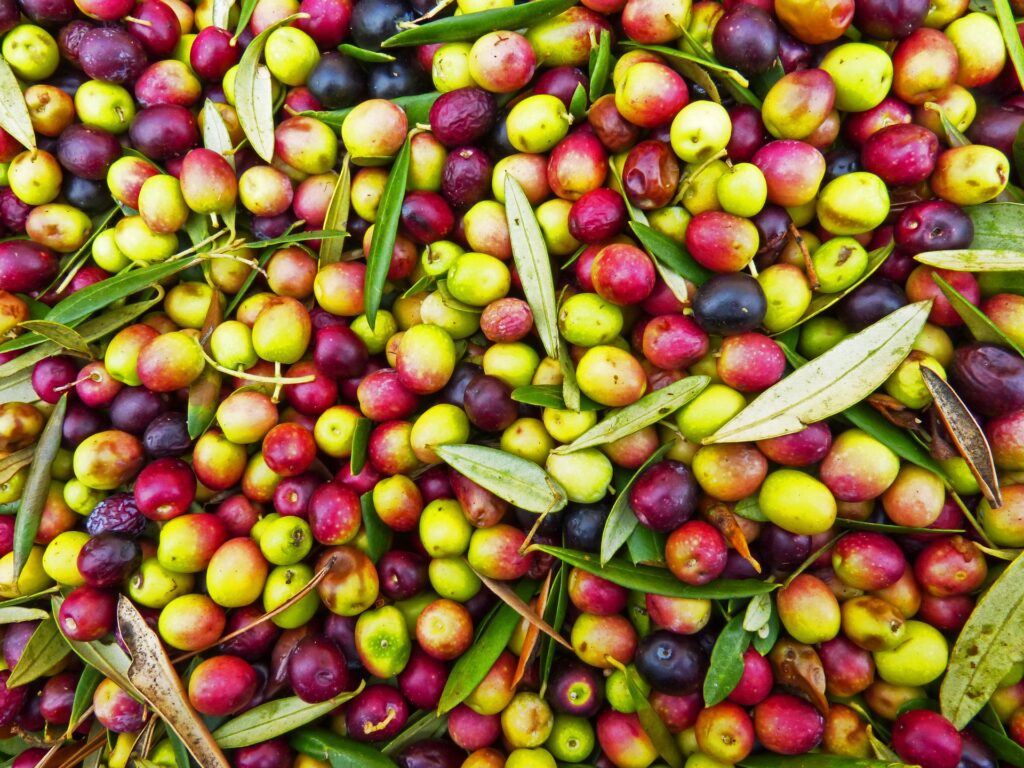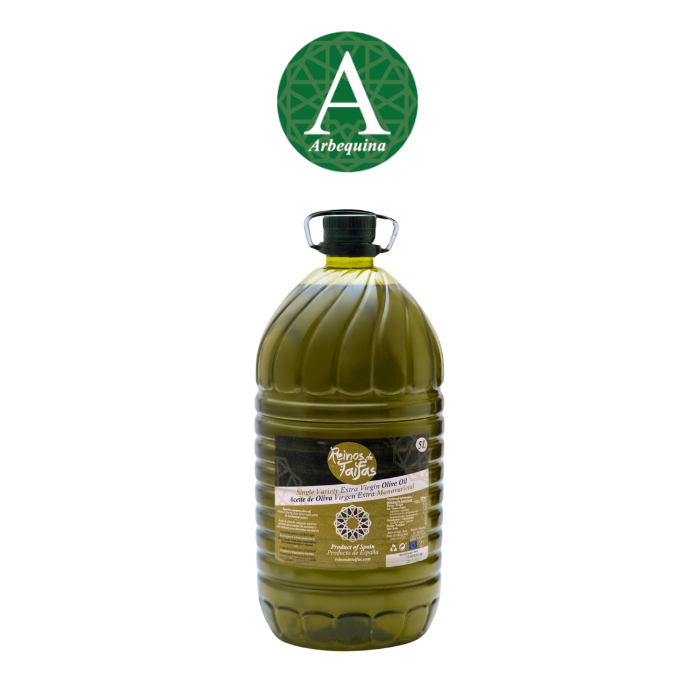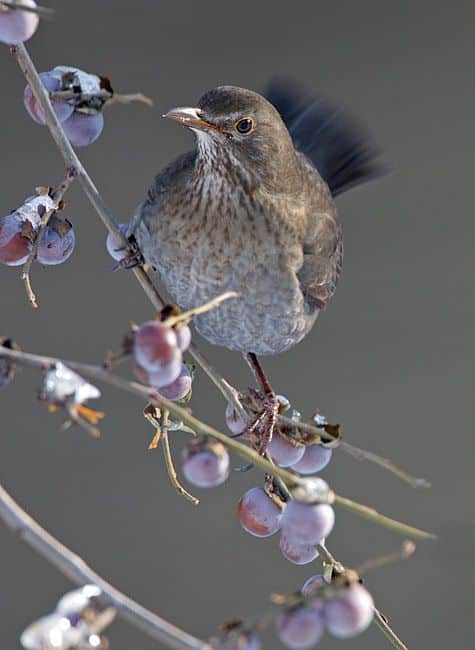
What is monovarietal extra virgin Spanish olive oil?
Monovarietal Spanish olive oil is made from only one olive type (e.g., Picual) and is not mixed with other olive types.
This type of olive oil is so specific that the care and growth of all olive trees are crucial for harvesting. Many factors could affect the quality and taste of this oil, such as the ripeness of the olive or whether bad olives were removed from the oil extraction process.
Although all extra virgin olive oil (EVOO) on the market has specific characteristics, such as being extracted through the same process, each olive variety has a unique and exciting taste and nutrition profile.
The definition of extra virgin olive oil is a ‘superior category olive oil obtained directly from olives and solely by mechanical means’. It is the highest-quality virgin olive oil with an acidity level under 1%, and it must be approved by an independent expert tasting panel to be considered extra virgin.
Consuming extra virgin Spanish olive oil has many health benefits. It is rich in antioxidants, notably polyphenols, which contribute to its anti-inflammatory properties. Picual has one of the highest polyphenol content among olive varieties. Extra virgin olive oil is also a good source of monounsaturated fats, which promote heart health and manage cholesterol. It also contains vitamins E and K, which support skin health, immune function, and proper blood clotting.
Reinos de Taifas specialises in monovarietal extra virgin Spanish olive oil. Please read further as the article explains the different types of monovarietal Spanish olive oil Reinos de Taifas produces from the family farm.




